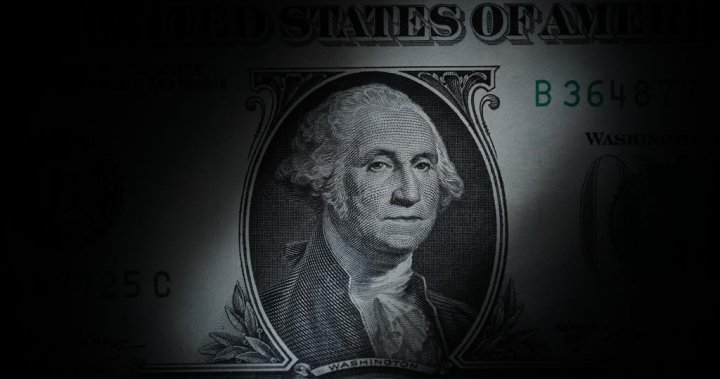
U.S. inflation cools in March – but is it enough for the Fed to pause rate hikes?
Global News
U.S. consumer inflation eased in March, with less expensive gas and lower food prices providing some relief to American households.
U.S. consumer inflation eased in March, with less expensive gas and lower food prices providing some relief to households that have struggled under the weight of surging prices for nearly two years.
The government said Wednesday that consumer prices rose just 0.1% from February to March, down from 0.4% from January to February and the smallest increase since December.
Measured from a year earlier, prices were up just 5% in March, down sharply from February’s 6% year-over-year increase and the smallest rise in almost two years. Much of the drop resulted from price declines for goods such as gas, used cars and furniture which had soared a year ago after Russia’s invasion of Ukraine.
Excluding volatile food and energy costs, so-called core inflation remains stubbornly high. Core prices rose 0.4% from February to March and 5.6% from a year earlier. The Fed and many private economists regard core prices as a better measure of underlying inflation.
Price increases in the economy’s vast service sector _ ranging from rents and restaurant meals to haircuts and auto insurance _ are keeping core inflation high, at least for now. That trend is widely expected to lead the Fed to raise its benchmark interest rate for a 10th straight time when it meets in May.
Fed officials have projected that after one additional quarter-point hike next month _ which would raise their benchmark rate to about 5.1%, its highest point in 16 years _ they will pause their hikes but leave their key rate elevated through 2023. But the officials have cautioned that they could raise rates still further if they deem it necessary to curb inflation.
When the Fed tightens credit with the goal of cooling the economy and inflation, it typically leads to higher rates on mortgages, auto loans, credit card borrowing and many business loans. The risk is that ever-higher borrowing rates can weaken the economy so much as to cause a recession.
On Tuesday, the International Monetary Fund, a 190-nation lending organization, warned that persistently high inflation around the world _ and efforts by central banks, including the Fed, to fight it _ would likely slow global growth this year and next.
